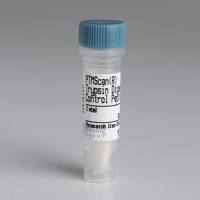The Role of G-Protein-Coupled Receptors in Adult Neurogenesis
互联网
480
Adult neurogenesis is the process of creating new brain cells during adulthood. This involves several stages including proliferation, migration, differentiation, integration, and survival. G-protein-coupled receptors (GPCRs) regulate this process in both neurogenic regions of the brain: the subgranular and subventricular zones. The regulation of adult neurogenesis by GPCRs holds therapeutic promise for many neuropathologies. Several GPCRs activated by the neurotransmitters dopamine, glutamate, norepinephrine, and serotonin were shown to regulate adult neurogenesis. Melatonin, a neurohormone, and inflammatory molecules such as chemokines and prostaglandins modulate different stages of neurogenesis through GPCRs as well. The methods for studying the adult neurogenic stages depend upon labeling of dividing cells using the synthetic thymidine analog, nucleoside 5-bromo-2′-deoxyuridine (BrdU). BrdU incorporates into the DNA, is transferred to daughter cells, and is labeled using antibodies. The length of time after injection determines which stage of neurogenesis is being examined. Additional methods include culture of neonatal or adult neurospheres isolated from the subventricular zone, monolayer cultures of isolated neural stem cells, as well as transgenic manipulations via standard or viral-mediated techniques. In recent years, the use of Cre-inducible transgenic animals has developed and led to the creation of double- and triple-transgenic animals with specific activation of receptors in selected cell types. Future work in GPCR regulation of adult neurogenesis will likely include the use of opsin-receptor chimeras allowing precise spatial and temporal activation of GPCRs in neural stem/progenitor cells via optogenetics. This chapter summarizes the roles of various GPCRs involved in the regulation of adult neural stem cells and their progenitors and the current methods used to examine the actions of GPCRs in adult neurogenesis.









